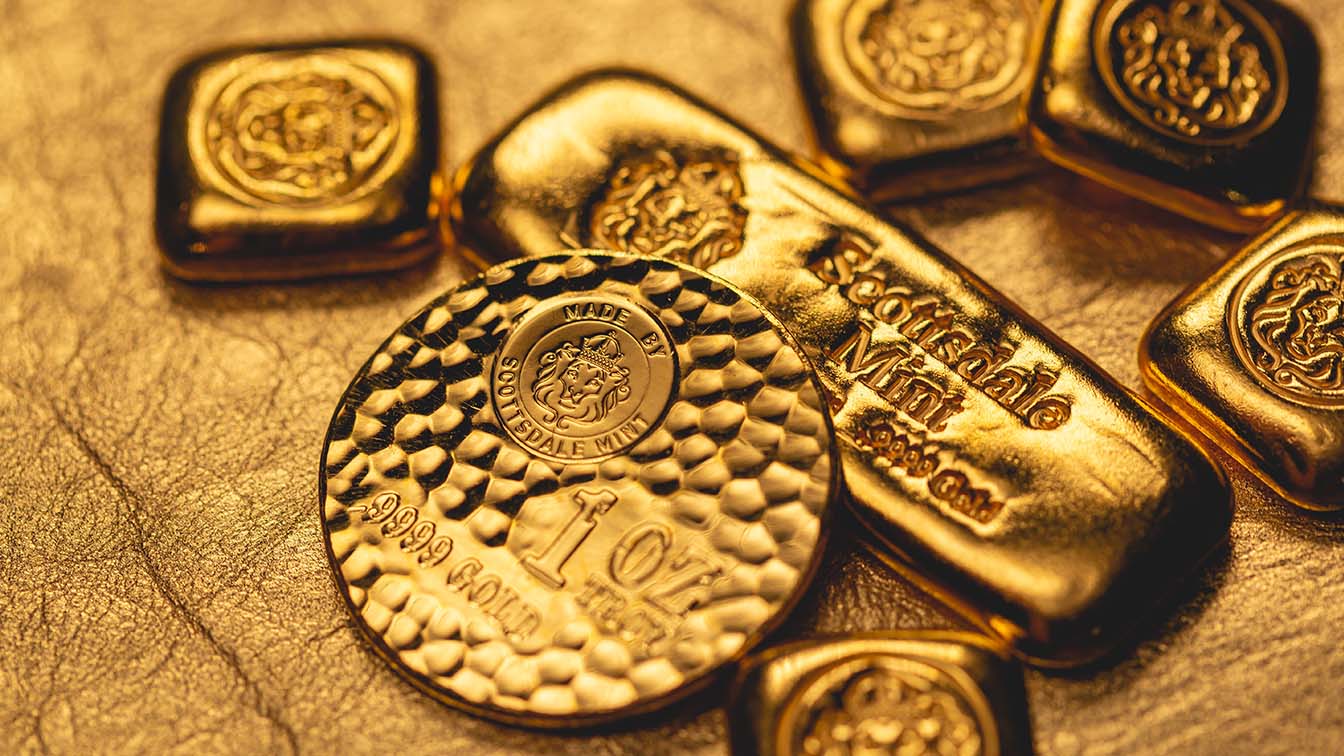Η επισφράγιση της ιερής τελετής του βαπτίσματος είναι ο χρυσός βαπτιστικός σταυρός που δωρίζει η νονά η ο νονός στο παιδάκι και αποτελεί ένα δώρο ζωής που θα το κρατήσει κοντά του για την υπόλοιπη ζωή του.
Οι βαπτιστικοί σταυροί είναι ένα έθιμο της χώρας μας αλλά και της πίστης μας. Αυτό δεν σημαίνει ότι ένας βαπτιστικός σταυρός δεν αποτελεί και ένα όμορφο κόσμημα που εκπέμπει κομψότητα και αναδεικνύει αυτόν που τον φοράει.
Ας δούμε όμως μερικές ενδιαφέρουσες αλήθειες για τον χρυσό και την χρήση του σε κοσμήματα που πολλοί από εμάς αγνοούμε:
Το ξέρατε ότι εκτός από τη γνωστή μεθοδολογία υπολογισμού της αξίας του χρυσού σε καράτια, υπάρχει και το ποσοστό περιεκτικότητας σε χρυσό;
Για παράδειγμα, ένα κόσμημα με την επιγραφή: 18 κτ. 750, εκτός του ότι είναι 18 καράτια, περιέχει 75% χρυσό και 25% κράμα άλλων μετάλλων.
Γι’ αυτό το λόγο, πάντα να κοιτάτε την πλήρη περιγραφή για το κόσμημα που σας ενδιαφέρει.
Όλοι οι χρυσοί κάτω των 24 καρατίων, δεν είναι “καθαροί” και περιέχουν και άλλα υλικά που τους κάνουν πιο σκληρούς και πιο οικονομικούς στην παραγωγή.
Τα ποσοστά δεν είναι τυποποιημένα και σταθερά πάντα. Ανάλογα με το κυμαινόμενο κόστος των κραμάτων των διάφορων μετάλλων, ο κατασκευαστής επιλέγει και διαφορετική περιεκτικότητα κάθε φορά. Για αυτό το λόγο το χρυσό κόσμημα σας, μπορεί να έχει διαφορετική απόχρωση από άλλο χρυσό κόσμημα με τα ίδια καράτια.
Στο ίδιο πνεύμα, για να επιτευχθεί ένα πιο εντυπωσιακό αποτέλεσμα και ένα καλύτερο χρώμα, πολλές φορές προτιμάται και το κράμα χαλκού που προσδίδει ένα πιο βαθύ κόκκινο χρώμα. Κάποιες φορές χρυσός 10 καρατίων μπορεί να φαίνεται πιο “χρυσαφής” από ένα κόσμημα με χρυσό 14 καρατίων.
Περισσότερες αλήθειες για τον χρυσό:
1. Παράγεται περισσότερο ατσάλι ανά ώρα, από όσο χρυσός έχει ανακαλυφθεί μέχρι σήμερα.
2. Έχουν εξορυχθεί περίπου 161.000 τόνοι χρυσού.
3. Πιστεύεται ότι το 80% του συνολικού χρυσού της γης, βρίσκεται ακόμα στο υπέδαφος.
4. Εκτιμάται ότι υπάρχει χρυσός αξίας 10 δις στους ωκεανούς.
5. Οι αλχημιστές πίστευαν ότι μπορούσαν να μετατρέψουν κοινά μέταλλα όπως ο μόλυβδος σε χρυσό.
6. Η Ελβετία ήταν η τελευταία χώρα της οποίας το νόμισμα ήταν “δεμένο” με το χρυσό.
7. Ο χρυσός ως ευγενές μέταλλο, δεν είναι επιρρεπής σε σκουριά ούτε σε οξείδωση.
8. Ο χρυσός είναι το πιο μαλακό και εύπλαστο μέταλλο.
9. Ο καθαρός χρυσός δεν προκαλεί ερεθισμούς στο δέρμα.
10. Τα ⅔ του συνολικού χρυσού, έρχονται από την Αφρική.
Ο χρυσός είναι ένα ιδιαίτερο και ξεχωριστό υλικό. Σπάνιο και εκθαμβωτικό. Επιλέξτε έναν από τους μοναδικούς βαπτιστικούς σταυρούς μας και τα εκλεπτυσμένα και κομψά χρυσά κοσμήματα μας και κάντε ένα δώρο ζωής σε εσάς ή στα αγαπημένα σας πρόσωπα.

